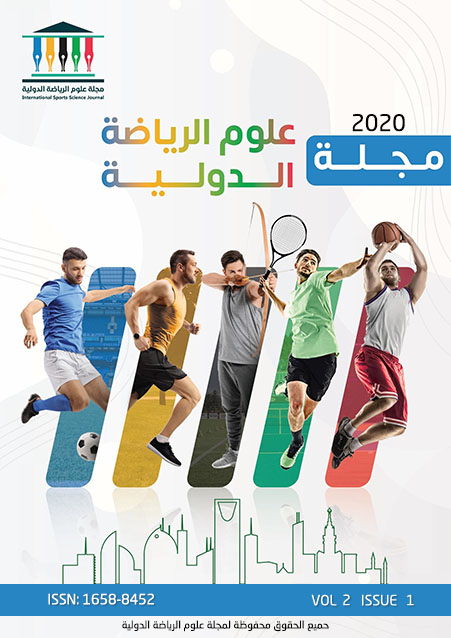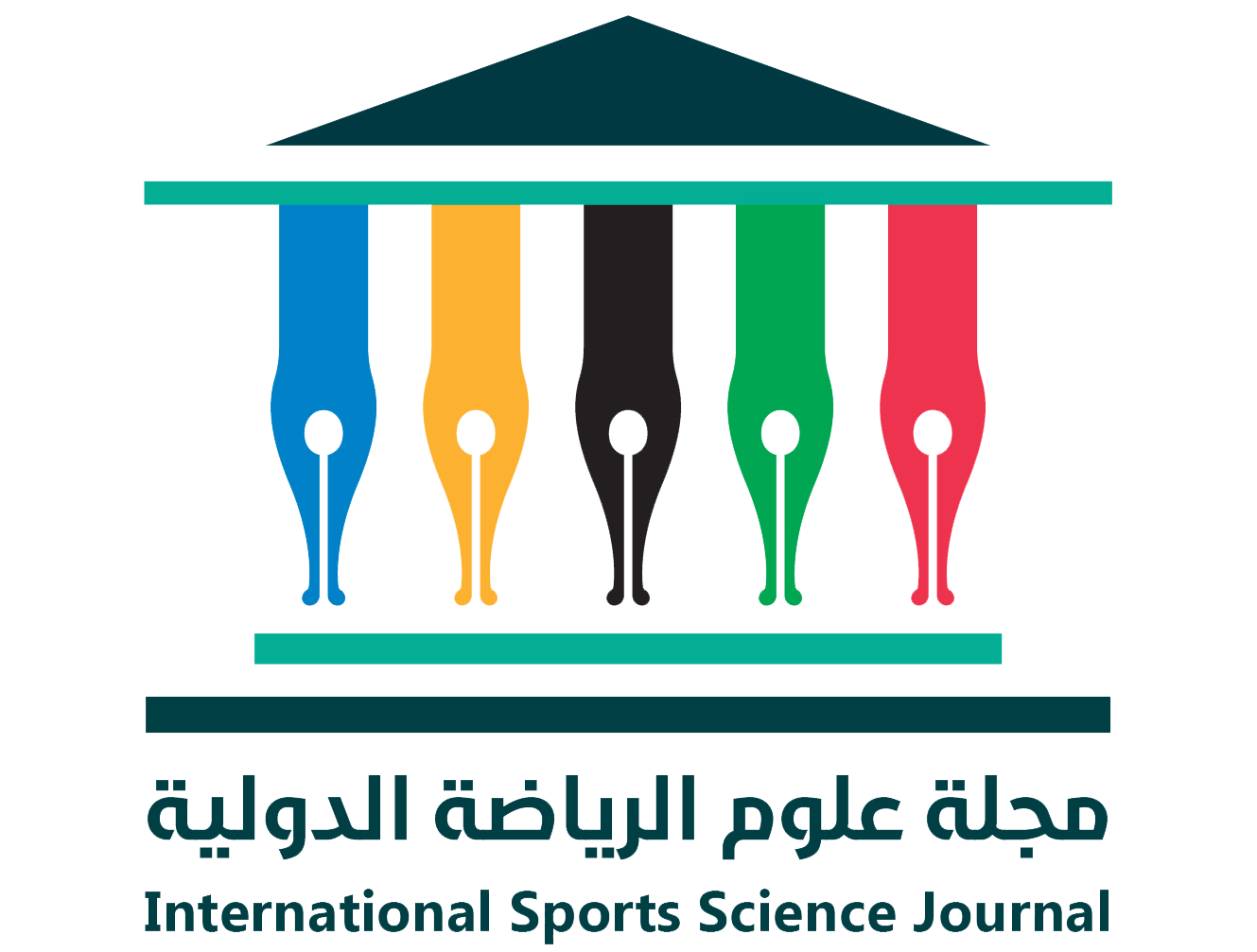The effect of hypoxic-style exercises on the development of some physiological variables and the digital level of the 50-meter butterfly swimming for the youth category.
DOI:
https://doi.org/10.71377/99nqxj89Keywords:
Hypoxic training, 50-meter butterfly swimAbstract
The science of sports training encompasses many branches that researchers have attempted to uncover their truths to serve trainees and lead them to the most successful and suitable methods for their capabilities. Thus, new methods and techniques for sports training have emerged, including the hypoxic training method. There has been a growing interest in the hypoxic training method, with many researchers and specialists studying this approach, especially in swimming and athletics.These exercises rely on not using the oxygen system to develop various physiological traits in athletes, highlighting the importance of such training in enhancing athletic performance. Consequently, the researcher found that the 50-meter butterfly race is one of the short-distance races that depend on speed and the swimmer's ability to produce anaerobic energy, which are performance requirements in these races. Training with oxygen deficiency (hypoxic training) is considered one of the most important training methods used to achieve this requirement.The research aimed to: prepare exercises using the hypoxic training method for 50-meter butterfly swimmers in the youth category, in addition to identifying the impact of hypoxic training exercises on developing some physiological capacities and performance speed for 50-meter butterfly swimmers. The research hypotheses were: there are significant differences between the pre-test and post-test results for the variables under study among the control group members in favor of the post-test results. There are significant differences between the pre-test and post-test results for the variables under study among the experimental group members in favor of the post-test results. There are significant differences between the post-test results for the variables under study among the members of both groups (control and experimental) in favor of the experimental group results.The researcher used the experimental method with equivalent groups (two experimental and control groups) due to its suitability for the nature of the research. The research community was defined as the 50-meter butterfly swimmers belonging to the Al-Musayyib Sports Club for the 2018/2019 season. The research sample was randomly selected from the total research community of young members of the 50-meter butterfly swimming team. One of the most important conclusions drawn by the researcher is the existence of statistically significant differences in favor of the post-test measurements of the experimental group in the physiological variables under study and the time taken to swim 50 meters butterfly.
Downloads
Downloads
Published
Issue
Section
License
Copyright (c) 2025 International Sports Science Journal

This work is licensed under a Creative Commons Attribution-NonCommercial-ShareAlike 4.0 International License.










